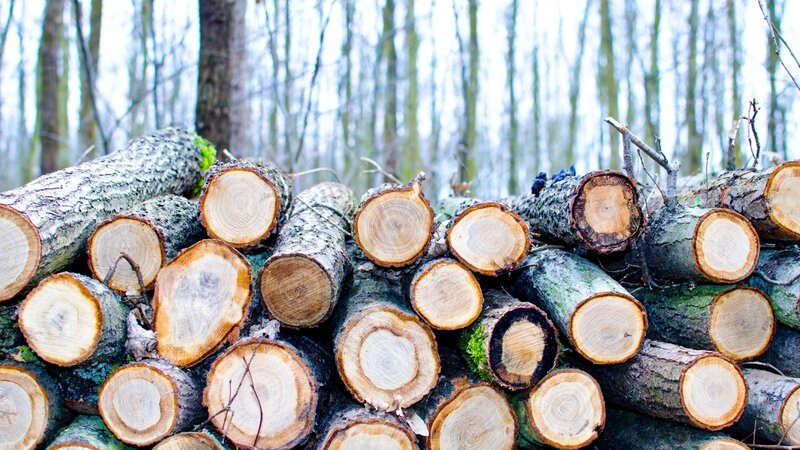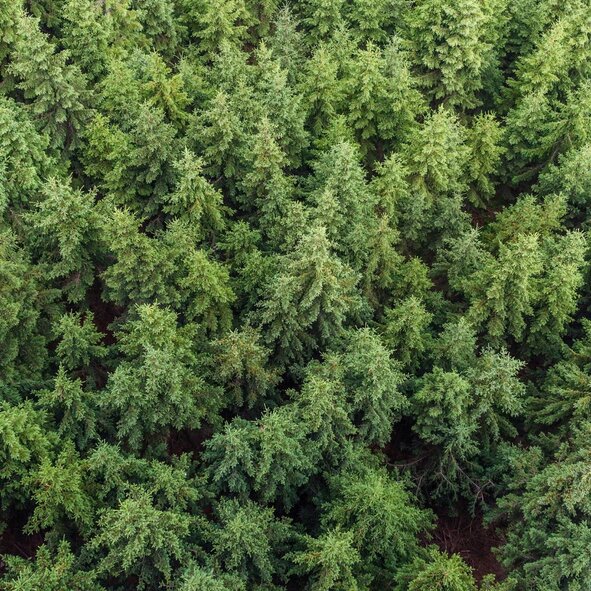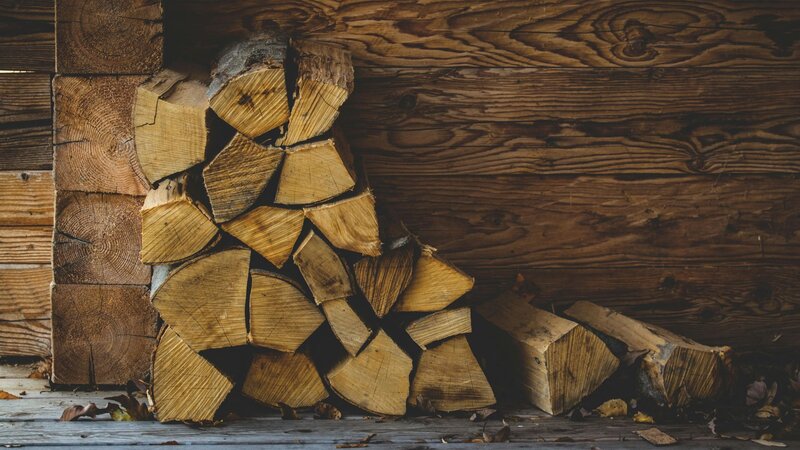04 09 2025
What is Sustainable Woodworking?
One of the advantages of building your own personal items is that you get to choose exactly what materials are being used, whether that’s to get a specific look, feel, or strength.
This also extends to the eco-friendliness of the material you use, but it can be hard to identify which materials are best for the environment. So, how can you determine which materials are green? Is wood sustainable when we hear so much about forests being cut down? How do I know if the materials I’m using are ethically sourced?
We can help you navigate the questions surrounding eco-friendly DIY. Whether you’re building a shed, decking, or sprucing up your home, you can find the greenest materials for your project..

Is wood a sustainable material?
To be considered sustainable, a material needs to be produced, used, and disposed of in a way that minimises its impact on the environment.
Since trees can be regrown, wood is considered a renewable resource. It can take around 15 years for softwoods like pine, and around 40 years for hardwoods like oak to be ready to fully mature and be ready to be chopped down. This can, however, lead to the problem that if we use trees faster than we replant them, we may end up depleting our resources.
This means that wood isn’t 100% sustainable, so we need to ensure that we balance harvesting wood with replanting.
However, if balanced, timber can be a green way to build. In fact, wood is much more sustainable than materials like concrete, plastics, and many metals, which are either limited resources, take a lot of energy to produce, or can’t be recycled - so when it comes to making structural builds, there aren’t many materials that are more sustainable than timber.
Most wood can be reused as building materials, or recycled into mulch to be used in soil, or pulp to be used in paper production. Therefore, we can limit how much wood is being cut down by reusing old materials.
Is wood in the UK sustainably sourced?
The UK ensures that timber supply chains are sustainable through the ‘Timber and Timber Products Placing on the Market Regulations’ (UKTR) and the UK FLEGT Regulations. These regimes ensure that both sellers and operators who deal with timber in the UK operate in a legal and sustainable manner while supporting global forest governance. This includes maintaining ethical harvest practices, ensuring timber is sourced legally, and that a clear trail of timber is kept from harvest to the moment of being sold on the UK marketplace.

These practices help improve how sustainable woodworking can be and ensure that trees are harvested in an ethical manner, reduces deforestation rates, and maintain that trees are cut down at a similar rate to being regrown.
Does wood have a low carbon footprint?
As trees grow they remove carbon from the atmosphere. In fact, they take out more CO₂ from the atmosphere than the manufacturing process puts back in. According to BBC Future (2019), “a cubic metre of wood contains around a tonne of CO₂ (more or less, depending on the species of tree)”. And it’s not just living trees. Carbon continues to be stored in timber when it's been cut down and used for construction, and doesn’t release back into the environment until it either decomposes, or burns.
The more wood that gets used in DIY and construction products, the more it replaces less environmentally-friendly materials such as concrete, steel, and plastics.
Is DIY good for the environment?
DIY is sustainable in many different ways.
It avoids mass production
That means fewer resources wasted on products that don’t get bought. When you buy materials for a DIY project, they’re bought with intention, and even leftover materials can be used in your next project.
Avoids excess packaging
With mass production comes packaging. Plastics, cardboard and other potentially wasteful materials. Building from scratch gets rid of a lot of excess waste
Reuses “waste” material
With DIY, you’re in charge of the materials you use. That means you can choose materials that you use in your build. Material like reject timber often gets thrown out for not meeting standards, but may only have a few defects. Opting for material like reject timber can help reduce waste, give your build a rustic finish, and end up being cheaper!

